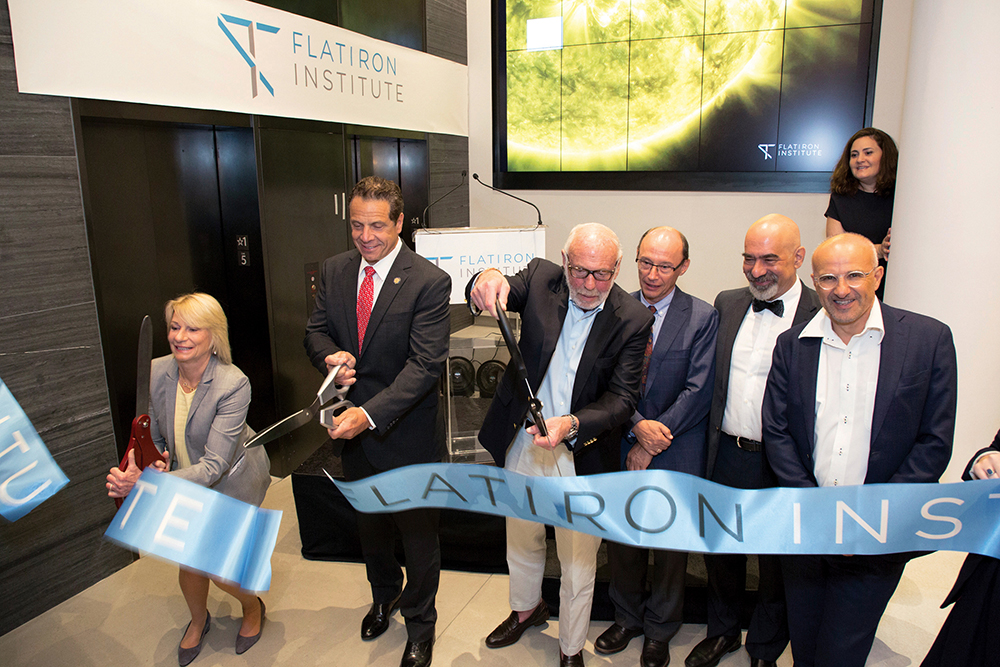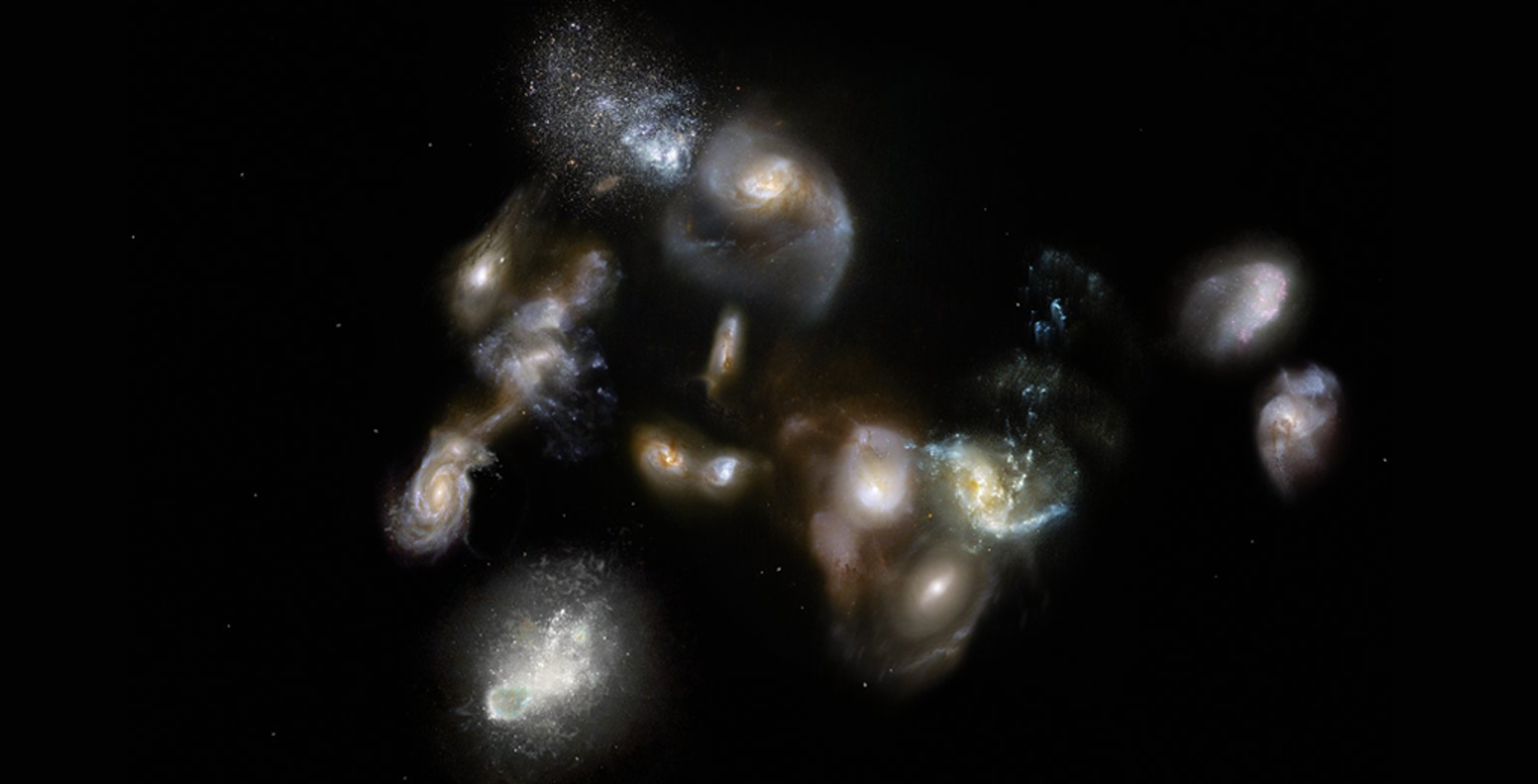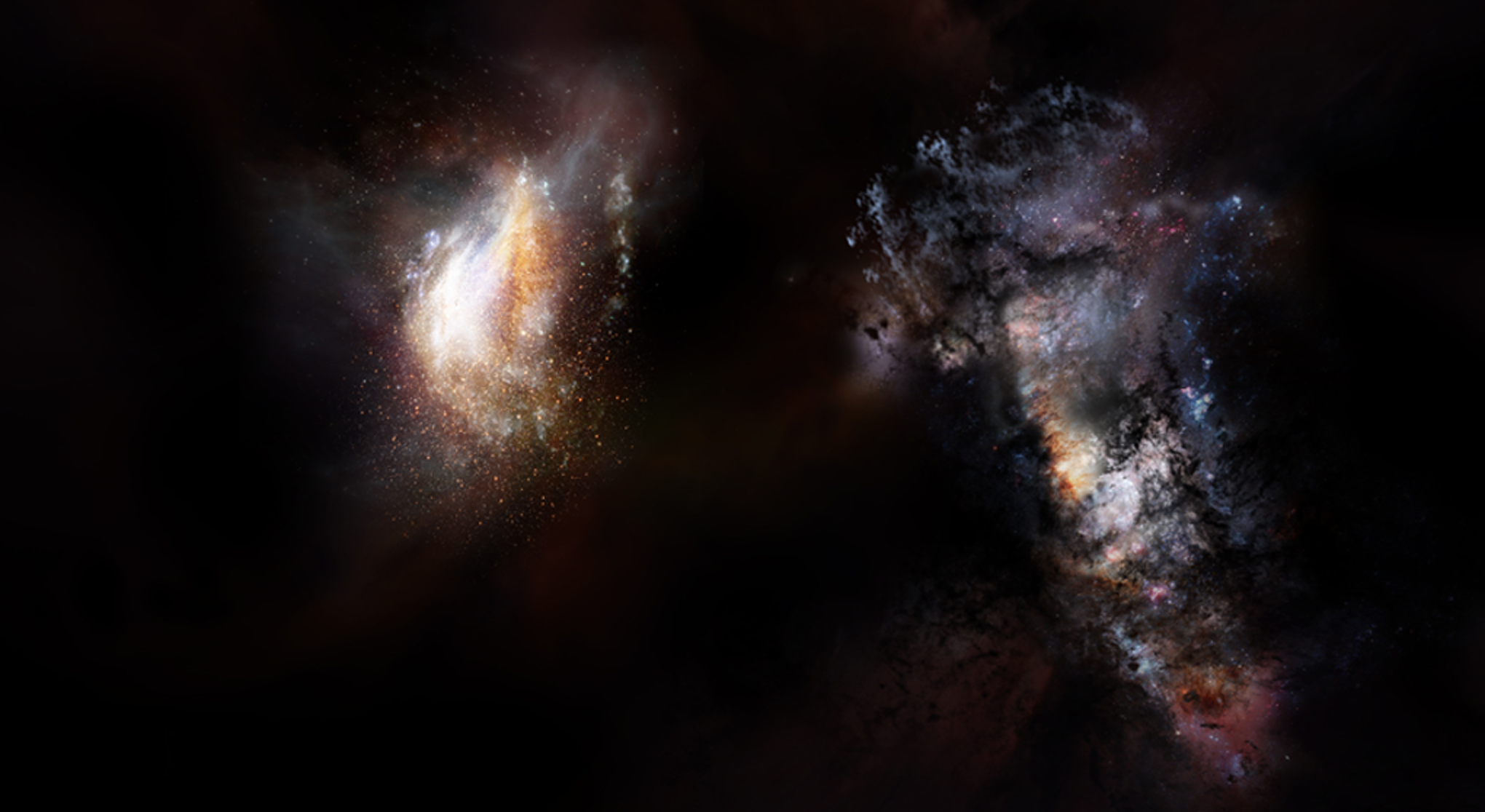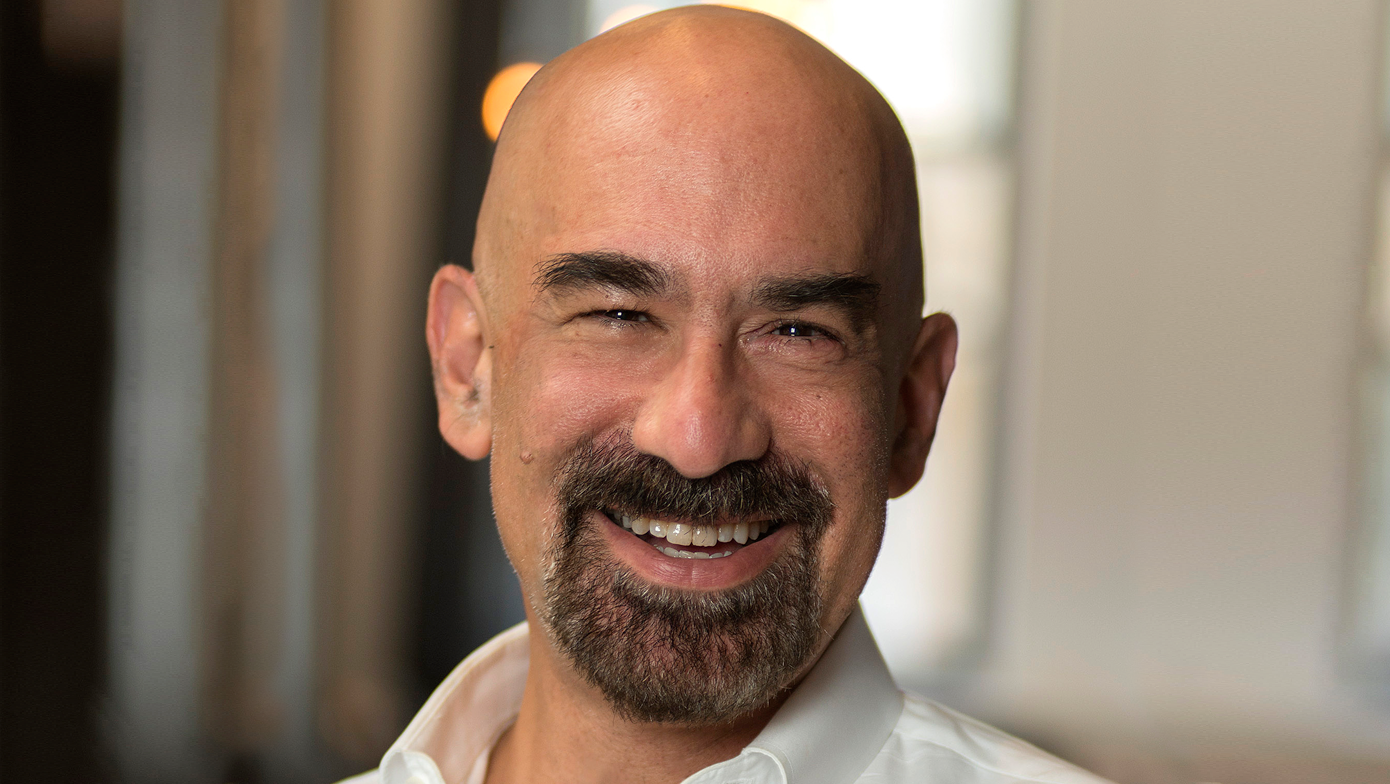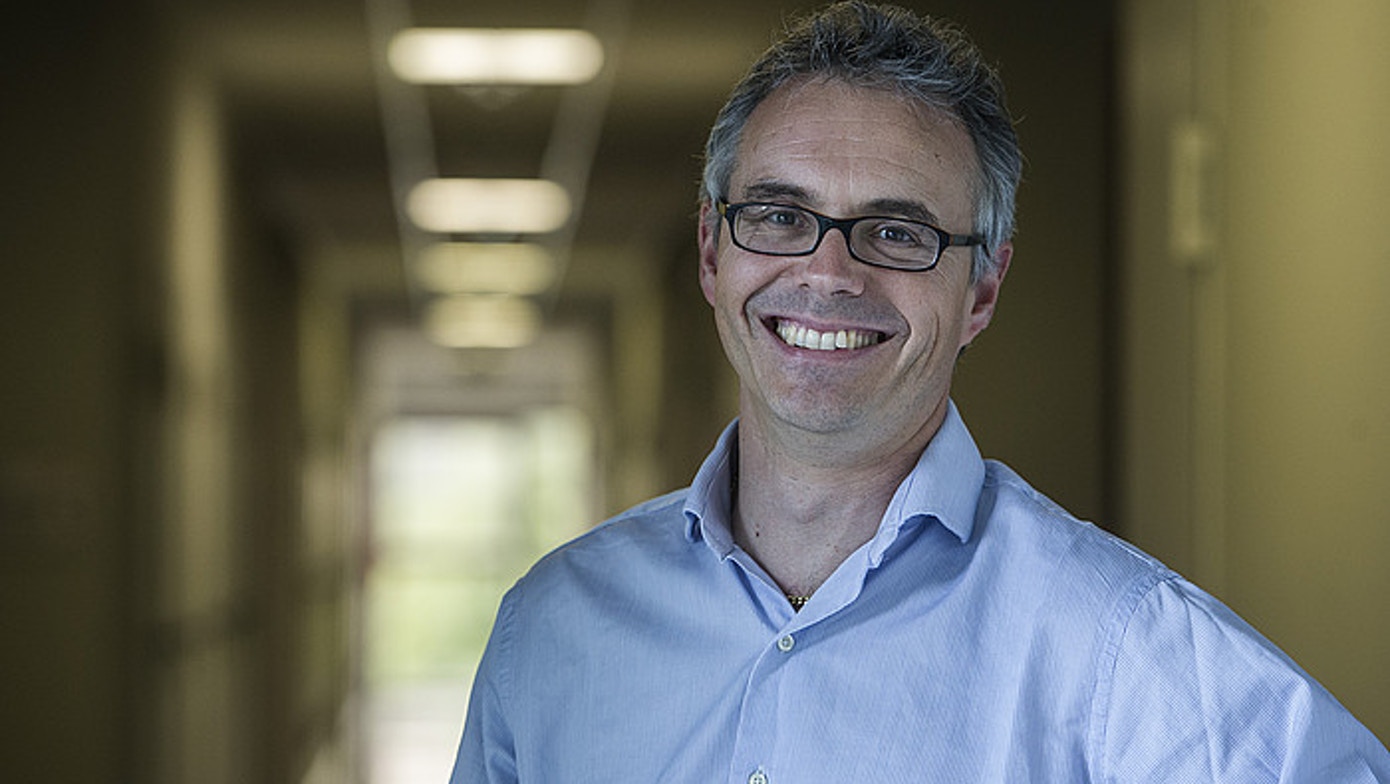
Center For Computational Astrophysics Neutron Star Mergers
Simons Foundation, June 2018About 130 million light-years from Earth, the relics of two exploded stars neared the end of a spiraling, dyadic dance around each other. The dance partners were incredibly dense neutron stars: Just a teaspoonful of their neutron-rich star stuff has a mass of about 1 billion metric tons.
Article for the Simons Foundation 2017 annual report.

